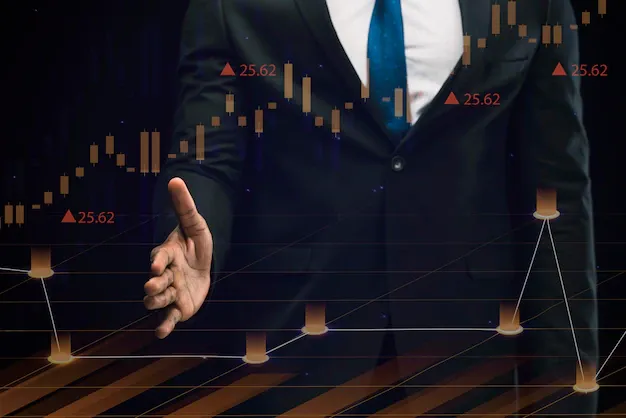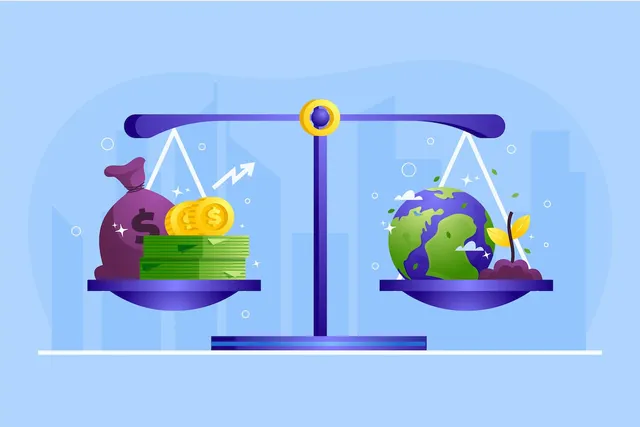The basic level of trader while putting resources into cryptographic money can change significantly from one individual to another. A few dealers feel great and certain about the capability of digital forms of money, while others might feel questionable or even restless about the intrinsic unpredictability and dangers implied.
Trader who have a decent comprehension of the cryptographic money market, its innovation, and its elements will generally feel more happy with putting resources into digital currencies. Information assists them with settling on informed choices and evaluate the dangers implied.
Risk resilience: Brokers with a higher gamble resistance might feel more open to putting resources into cryptographic forms of money. Digital currencies are known at their cost unpredictability, and this can prompt huge increases or misfortunes in a brief period. The people who can deal with and oversee such unpredictability will quite often feel more calm.
It means quite a bit to take note of that putting resources into digital forms of money, similar to any venture, conveys gambles. The solace level of dealers can change in view of economic situations, administrative turns of events, and different elements that can affect the digital money biological system. It's constantly prescribed to do intensive exploration, comprehend the dangers implied, and talk with monetary experts prior to settling on speculation choices.
Investment and staking are two distinct ways to deal with partaking in the digital currency market. Here is an outline of the vital contrasts between the two:
The essential objective of putting resources into digital currency is to create benefits by purchasing resources at a specific cost and selling them at a greater cost from now on. Financial backers intend to exploit cost vacillations and profit by expected gains.
Marking: Marking includes taking part in a proof-of-stake (PoS) blockchain network by holding and "marking" a specific measure of a particular cryptographic money. The object is to help the organization's tasks, approve exchanges, and acquire compensations as extra digital money.
Investment: Putting resources into cryptographic money conveys shifting levels of hazard contingent upon variables like market instability, administrative changes, and mechanical turns of events. Potential prizes come from capital appreciation, i.e., the expansion in the worth of the digital currency after some time.
Inside the Steemit stage: Steemit has its own marking instrument called "Steem Power" (SP), which permits clients to stake their STEEM and gain effect on the stage. By marking STEEM as SP, clients can expand their democratic power and acquire curation awards for finding and upvoting significant substance. Dealers who effectively connect on Steemit might decide to stake their STEEM inside the stage to amplify their impact and likely rewards.
Outside the Steemit stage: A few merchants could like to stake their STEEM beyond the Steemit stage. This could include partaking in outer blockchain projects or decentralized finance (DeFi) stages that help STEEM marking. By marking their STEEM in these outside stages, dealers might expect to acquire extra rewards or advantages presented by those stages, for example, liquidity mining motivators or administration privileges.
It means a lot to take note of that the particular choices for marking STEEM beyond Steemit might fluctuate relying upon the present status of the cryptographic money biological system and the accessibility of viable stages. Brokers ought to constantly do all necessary investigation and evaluate the dangers and potential prizes related with marking STEEM both inside and outside the Steemit stage prior to pursuing any choices.
Staking in cryptocurrency refers to the process of holding and "staking" (locking) a certain amount of cryptocurrency in a wallet to support the operations of a blockchain network. Staking provides several benefits to cryptocurrency holders and participants in the ecosystem. Here are three key benefits of staking:
Earning Passive Income: One of the primary advantages of staking is the opportunity to earn passive income in the form of staking rewards. When you stake your cryptocurrency, you contribute to the network's security, consensus, or governance mechanisms, depending on the blockchain.
Network Security and Stability: Staking plays a crucial role in ensuring the security and stability of blockchain networks. By staking your coins, you actively participate in the consensus protocol of the network, helping to validate transactions and secure the blockchain. This involvement makes it more difficult for malicious actors to attack or compromise the network.
In many proof-of-stake (PoS) systems, stakers also have voting rights, allowing them to participate in the network's governance and decision-making processes. This democratic aspect of staking ensures that network participants have a say in the evolution and direction of the blockchain.





I think you have make your point about investing and staking crypto currency.
Wish you all the best in this contest.
my regards.
@morgan76
Downvoting a post can decrease pending rewards and make it less visible. Common reasons:
Submit